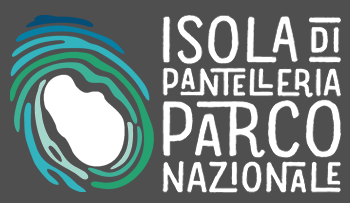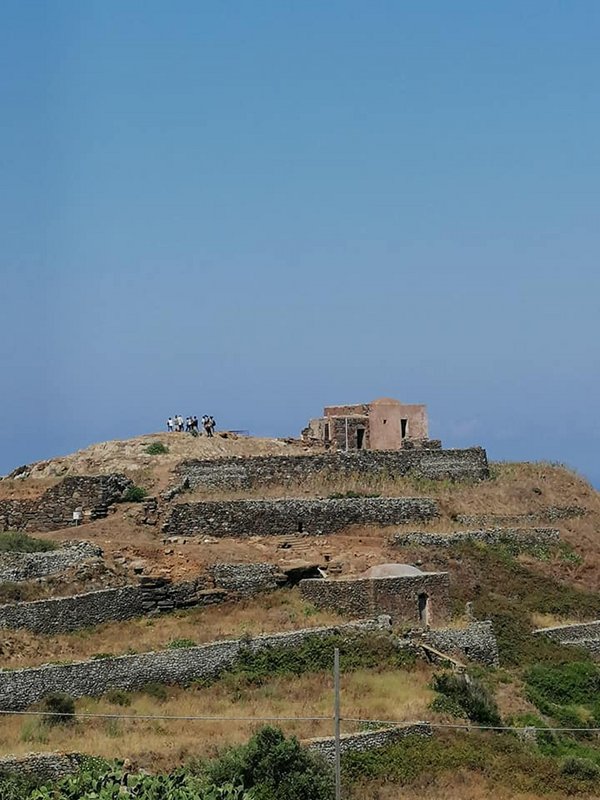- Producers of typical products
- Hiker's Vademecum
- Pantelleria Militare
- Forum
- Environmental Education
- The Authorities
- Organization and Offices
- Council Notice Board
- Transparent Administration
- Reference Legislation
- Regulations in force
- The plan of the Park
- Consultation of deliberative acts
Home » Living the Park » Itineraries and Routes » Thematic Itineraries
Archaeological Itinerary
Pantelleria Capoluogo, Mursía, Çimillía, Scauri Scalo, Zighidí, Lago Bagno dell'Acqua, Acropoli di San Marco




- Length: 19.5 km
- Difference in height: Uphill 587m - Downhill 622m
Discovering the archaeological sites is indispensable to understand the exceptionality and importance of the island of Pantelleria through its history, its traditions and its relationship with the Mediterranean Sea. Following the archaeological path you can retrace the main stages of the population of Pantelleria, from Prehistory to the end of the Roman Empire, and be amazed by the precious testimonies: strolling through the huts of the Sesi population, between the dwellings of ancient Kossyra, admire tombs cut in stone by the silhouettes of men of the past still recognizable, cyclops walls and isolated Menir, tangible signs of a civilization that inhabited the island since 4000 years.
 Download KMZ
Download KMZ The island of Pantelleria has been frequented by man since the Neolithic period (5th millennium BC). This can be deduced from the presence of obsidian found in contexts of the same period both in Sicily and in Malta. In fact, one of the main attractions for prehistoric man must have been the precious "volcanic glass" which abounds in several areas of the island and was used in the production of lithic tools and jewelry.
The first settlement on the island dates back to the 16th century BC. during the Early Bronze Age: the village of Mursia (1), its large defensive megalithic wall and the Sesi necropolis (2), funerary mounds unique for their characteristics throughout the Mediterranean.
Starting from the 5th century BC, the island became a Carthaginian Punic colony (from the name YRNM, and then KOSSYRA). The greatest testimony of the Punic occupation is the Acropolis of San Marco (3), where the continuity of housing until the end of the Empire allowed to reconstruct the crucial moments of the island from its foundation as a colony of Carthage, up to the Roman phase.
With Roman domination, from the first century BC, the island lived its golden age as evidenced by the remains of the Punic-Roman Sanctuary (4) which is located on the shores of the lake.
In the late Roman period, a new artisanal settlement (5) was organized and flourished along the southern coast of the island, in Scauri, which developed in the 4th and 5th centuries thanks to the commercial traffic of the port and the production and export of fireware.
More info
© 2024 - Ente Parco Nazionale Isola di Pantelleria
Via San Nicola, 5 - 91017 Pantelleria (TP)
Tel +39 0923/569412 - Email: info@parconazionalepantelleria.it - protocollo@pec.parconazionalepantelleria.it
Codice fiscale: 93077090814




















